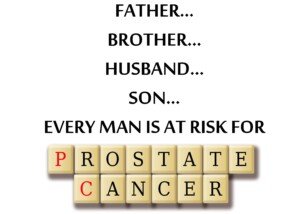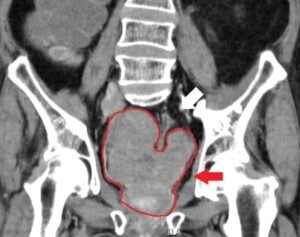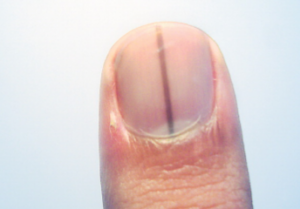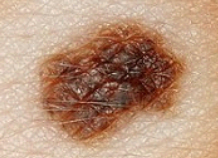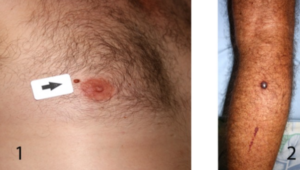Joe Biden’s diagnosis of stage 4 prostate cancer is very serious.
The Gleason score is an important metric in prostate cancer treatment.
At the time of this posting, Joe Biden’s prostate cancer has spread to his bones, with no evidence that it has metastasized elsewhere.
The Gleason Score
The Gleason score is a grading system that’s used to measure the aggressiveness of prostate cancer.
“This score is determined by analyzing the prostate cancer tissue under the microscope,” says Jonathan Stegall, MD, an integrative oncologist and medical director for The Center for Advanced Medicine adult cancer treatment center.
“Pathologists assign each tissue sample a grade from 1-5,” continues Dr. Stegall.
“The lower this grade, the more similar the prostate cancer cells are to normal prostate cells. The higher the grade, the more dissimilar the patient’s prostate cancer cells are to his normal prostate cells.
“Therefore, a higher Gleason score corresponds to a higher grade and thus more aggressive cancer.”
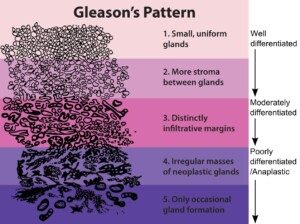
National Institutes of Health
Joe Biden’s Gleason Score
“It was recently revealed that Joe Biden’s Gleason score was 9,” says Dr. Stegall.
As you have noticed, this value is well above 5. It represents an overall Gleason score, which is the sum of the most common, and then the second-most common, Gleason sample.
This overall score typically ends up between 6 and 10. Thus, 9 means pretty bad news.
Dr. Stegall explains, “This tells us that he has an aggressive form of cancer.
“The Gleason score has a maximum of 10.
“A Gleason score of 6 and below indicates a low-grade cancer which is thought to be less aggressive.
“A Gleason score of 7 is considered intermediate, whereas a Gleason score of 8 and above indicates a high-grade cancer which is more aggressive [fast growing].”
What makes an overall Gleason score so high?
Is it due to a chance gene mutation? Or something environmental?
Or what about a delayed diagnosis, such as in Joe Biden’s case?
The development of high-grade prostate cancer involves multiple factors.
Genetic mutations — both inherited (such as BRCA1/2 mutations) and acquired over time — are clearly involved.
These mutations can drive abnormal cell growth and resistance to normal cellular controls.
Environmental and lifestyle factors, such as diet, inflammation or exposure to carcinogens, may also contribute to DNA damage.
While a delayed diagnosis (and thus delayed treatment) can allow a cancer to grow and become more aggressive, it doesn’t necessarily cause a high Gleason score.
Some prostate cancers are inherently aggressive from the start due to their biology, regardless of when they’re detected.
Others may progress slowly even if diagnosed late.
Hence, the surprisingly advanced diagnosis of Joe Biden’s prostate cancer is not responsible for his high Gleason score.
In essence, a high Gleason score reflects the tumor’s intrinsic aggressiveness, whether caught early or late.
It’s not purely chance, but rather, a combination of genetic predisposition, biological behavior and possibly environmental influences.
Early detection helps manage the disease more effectively, but it doesn’t guarantee a low Gleason score.


 Jonathan Stegall, MD,
Jonathan Stegall, MD,